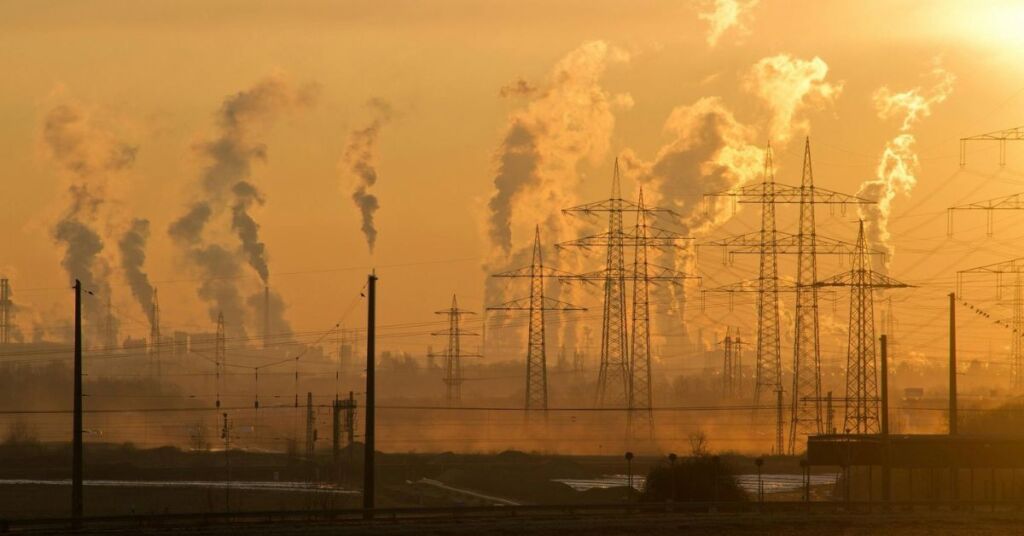Air Pollution Linked To Rising Lung Cancer Cases In Non-Smokers, New Study Finds

A recent study has highlighted the alarming impact of air pollution on lung cancer rates among non-smokers, with women and people in Southeast Asia being particularly affected.
The study, published on Tuesday in The Lancet Respiratory Medicine journal on World Cancer Day, sheds light on how environmental factors are driving a rise in adenocarcinoma, the most common form of lung cancer among non-smokers.
Lung cancer remains the most frequently diagnosed cancer, with 2.5 million new cases recorded in 2022.
While the majority of patients were men, nearly a million cases were found in women, a figure that continues to grow. Researchers emphasised that adenocarcinoma is now the predominant lung cancer subtype among women in 185 countries.
“Air pollution can be considered an important factor that partly explains the emerging predominance of adenocarcinoma, accounting for 53–70 percent of lung cancer cases among non-smokers worldwide,” the study stated.
Between 2020 and 2022, the study observed an increase in adenocarcinoma cases among both men and women, with the highest rates found in women, where it represented around 60% of cases.
As smoking rates decline globally, lung cancer among non-smokers has surged, making it the fifth leading cause of cancer-related deaths worldwide. Researchers noted that this form of lung cancer is most prevalent among women and Asian populations.
The study, based on statistical data from the World Health Organisation and other monitoring sources, identified East Asia—particularly China—as having the highest levels of adenocarcinoma linked to air pollution.
Researchers suggested that exposure to household burning of solid fuels for heating and cooking could be a key risk factor for lung cancer among Chinese women non-smokers.
What do you make of these new findings?
